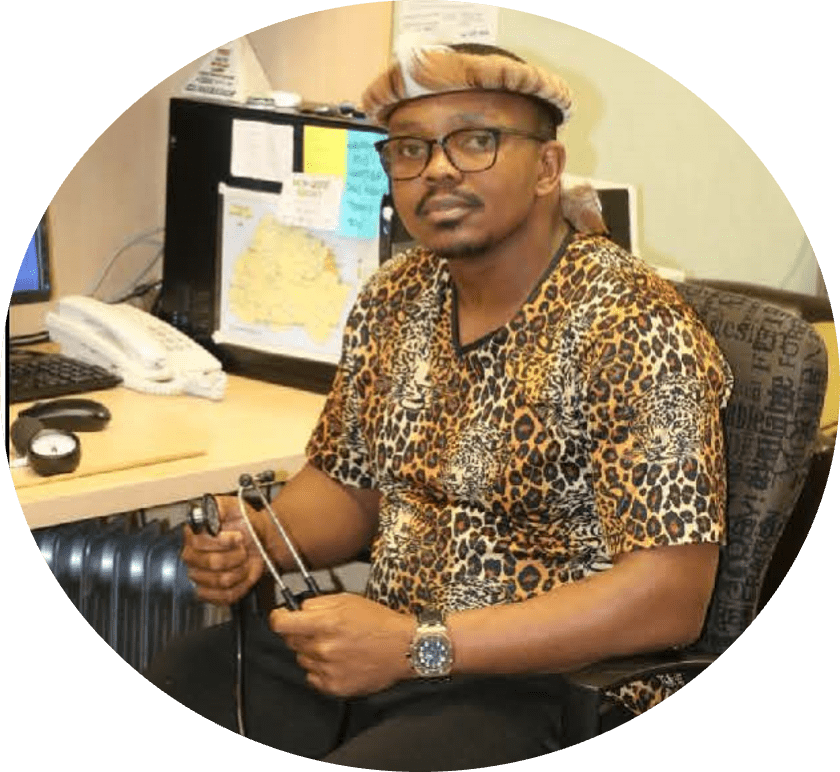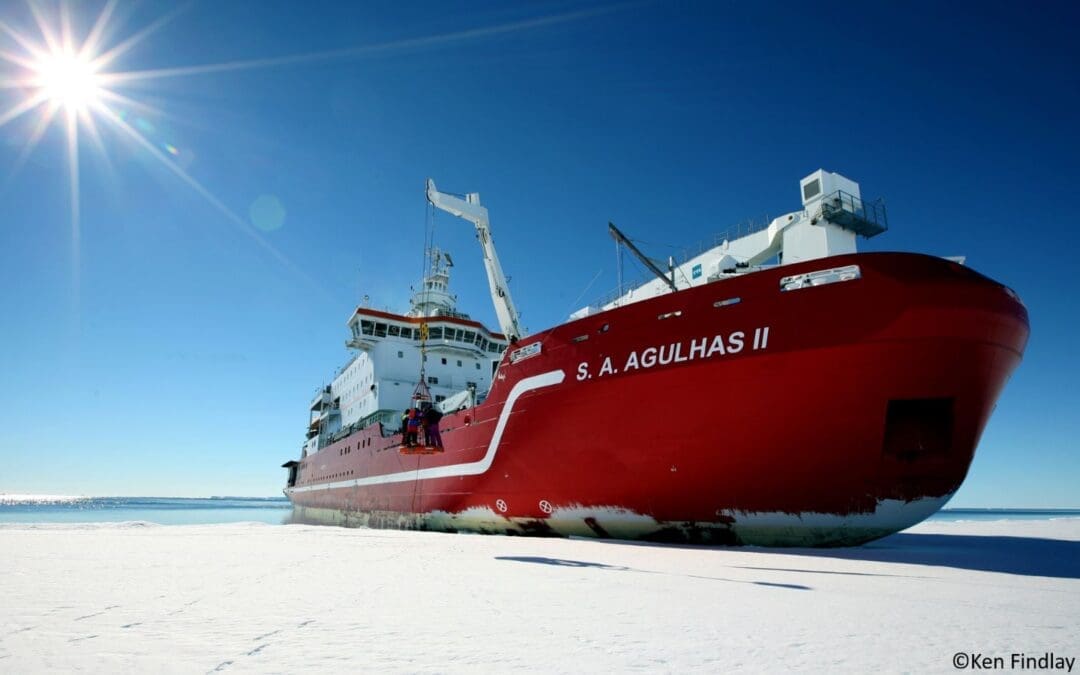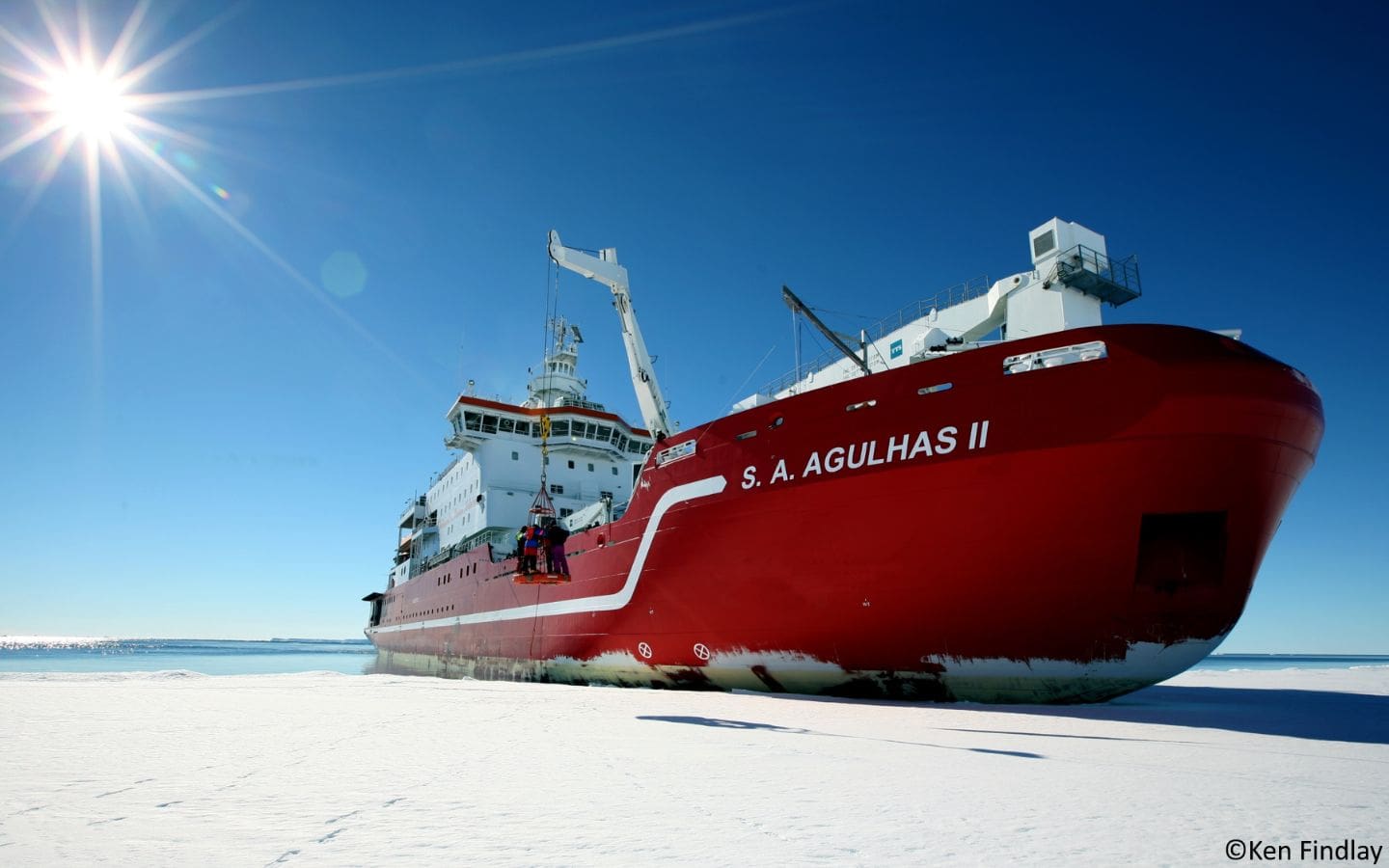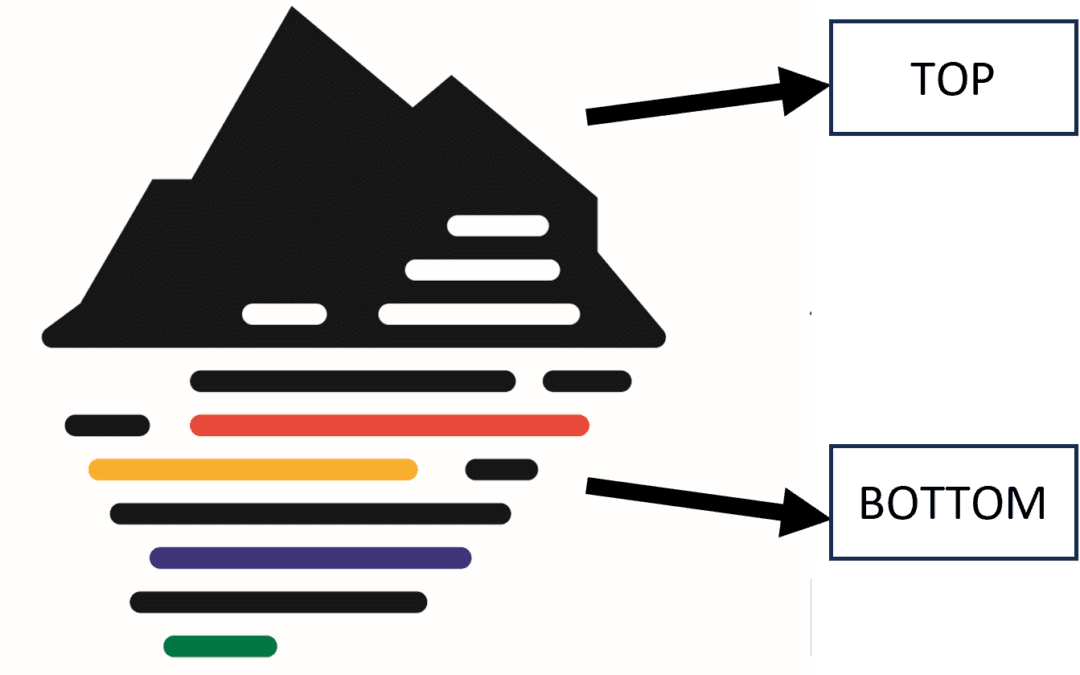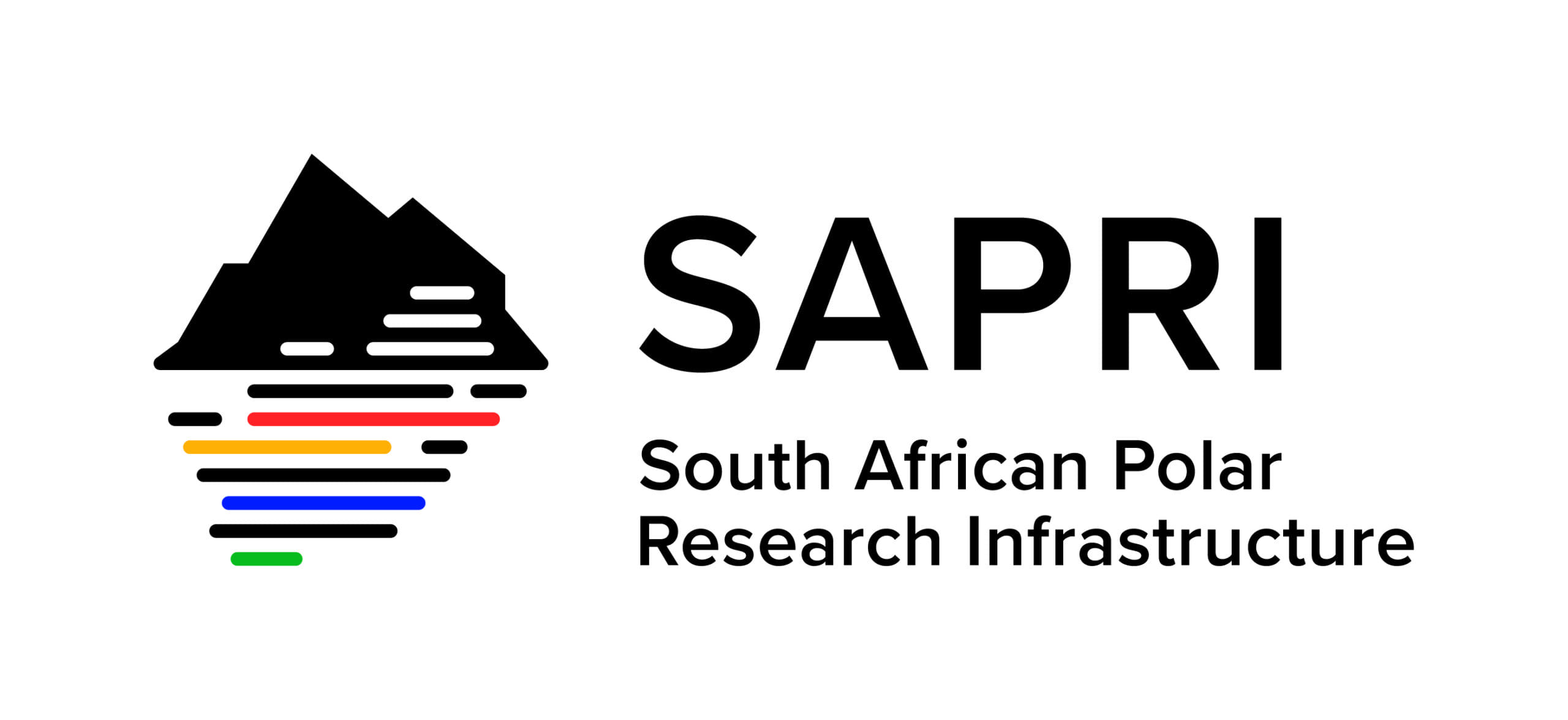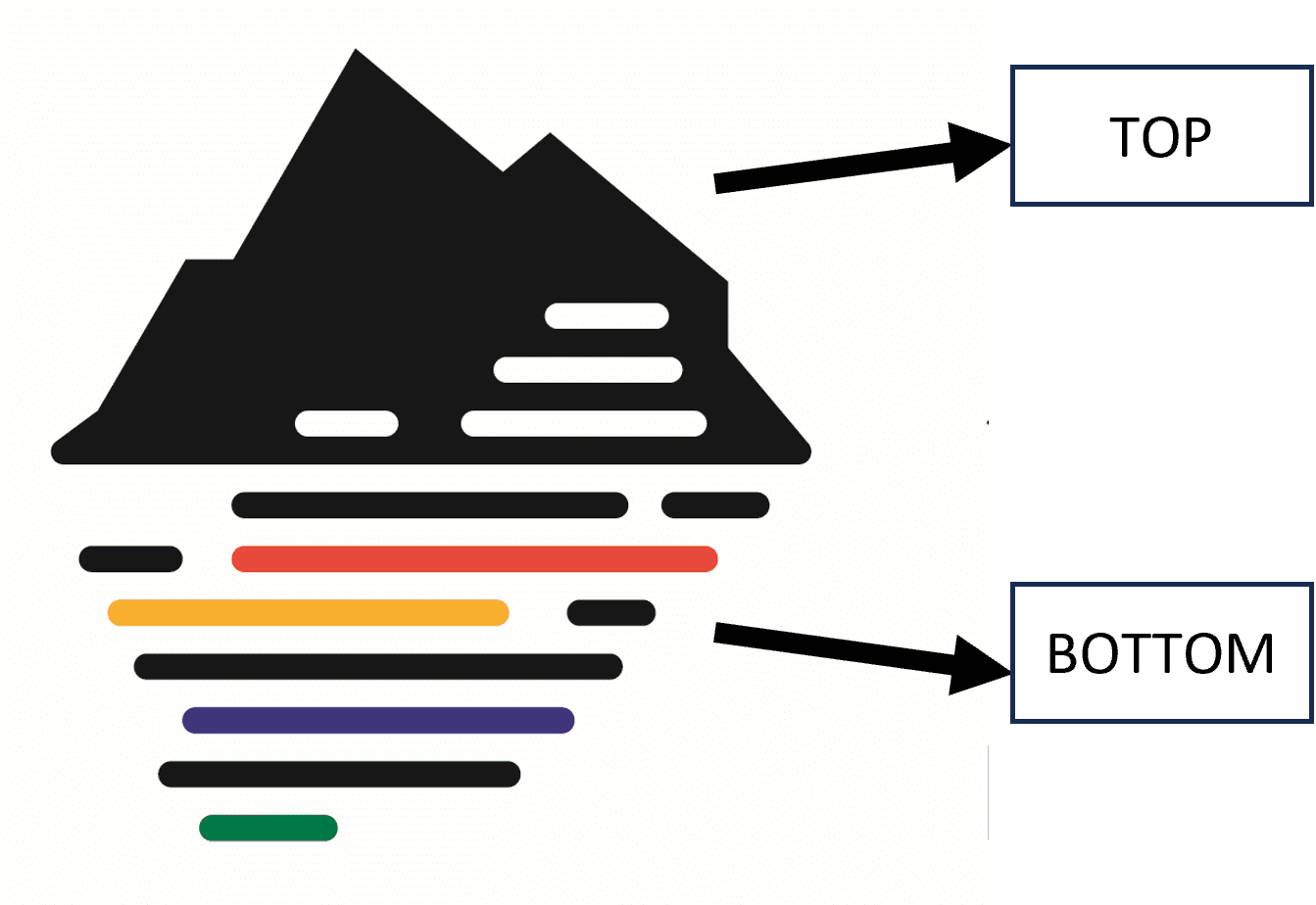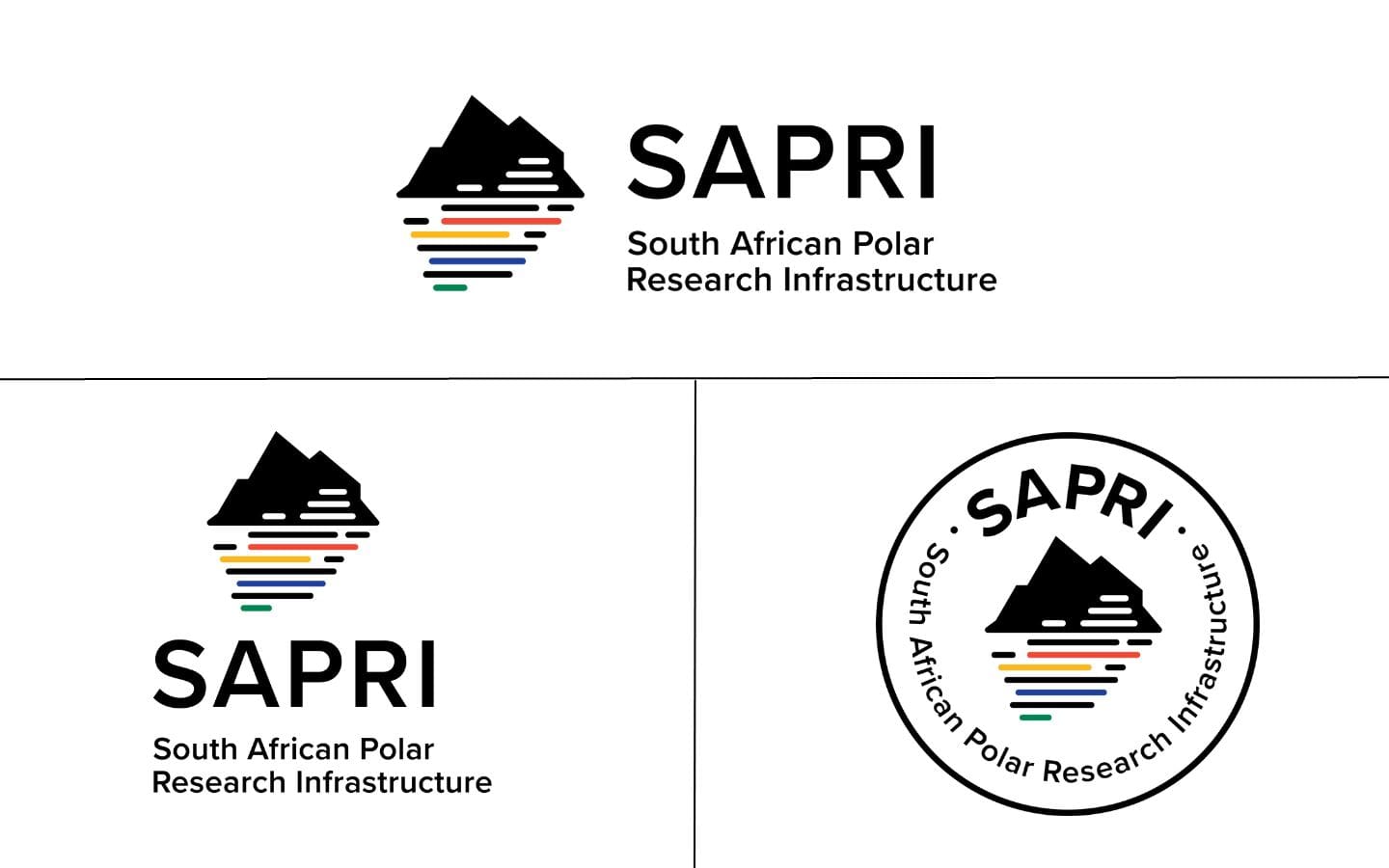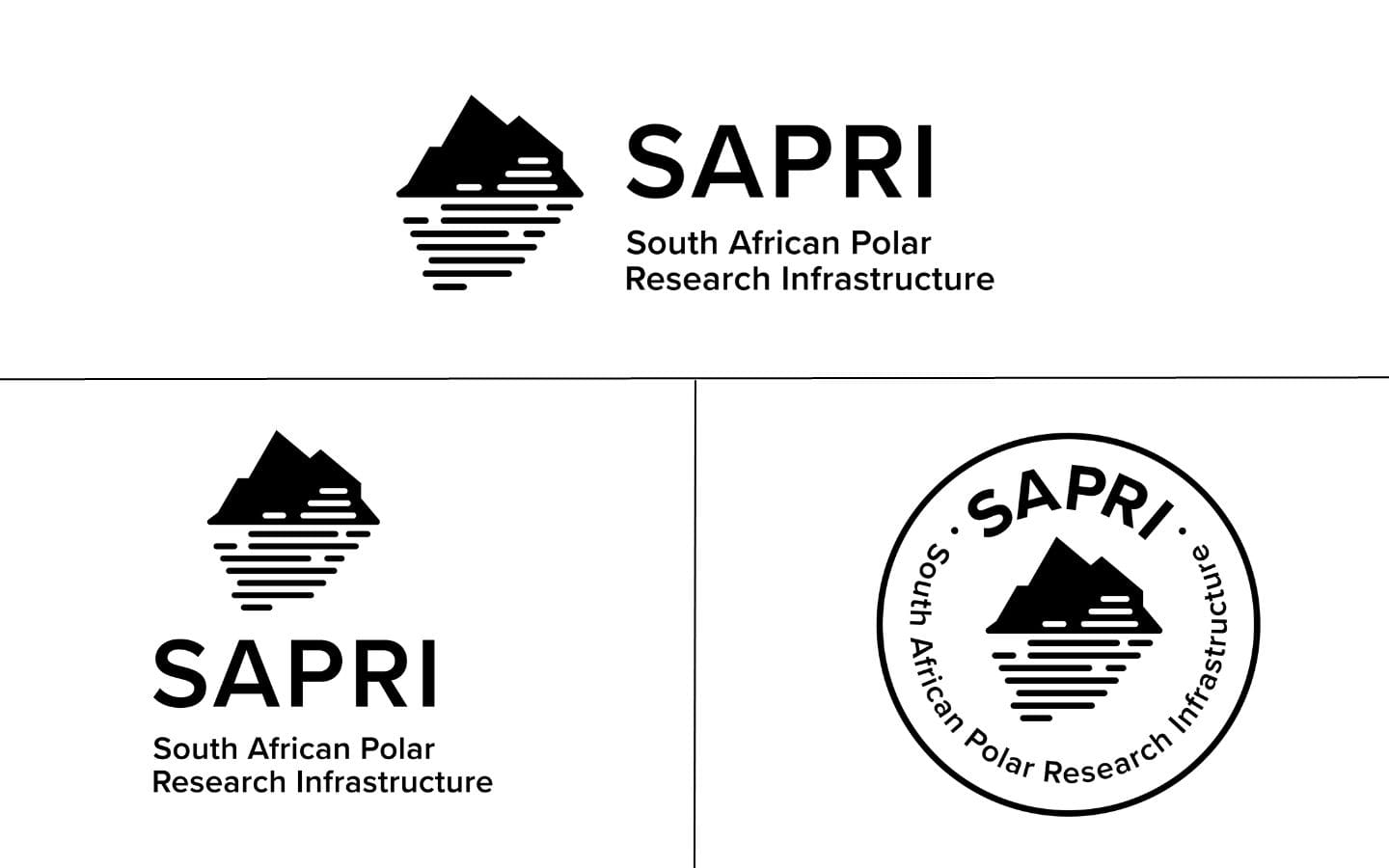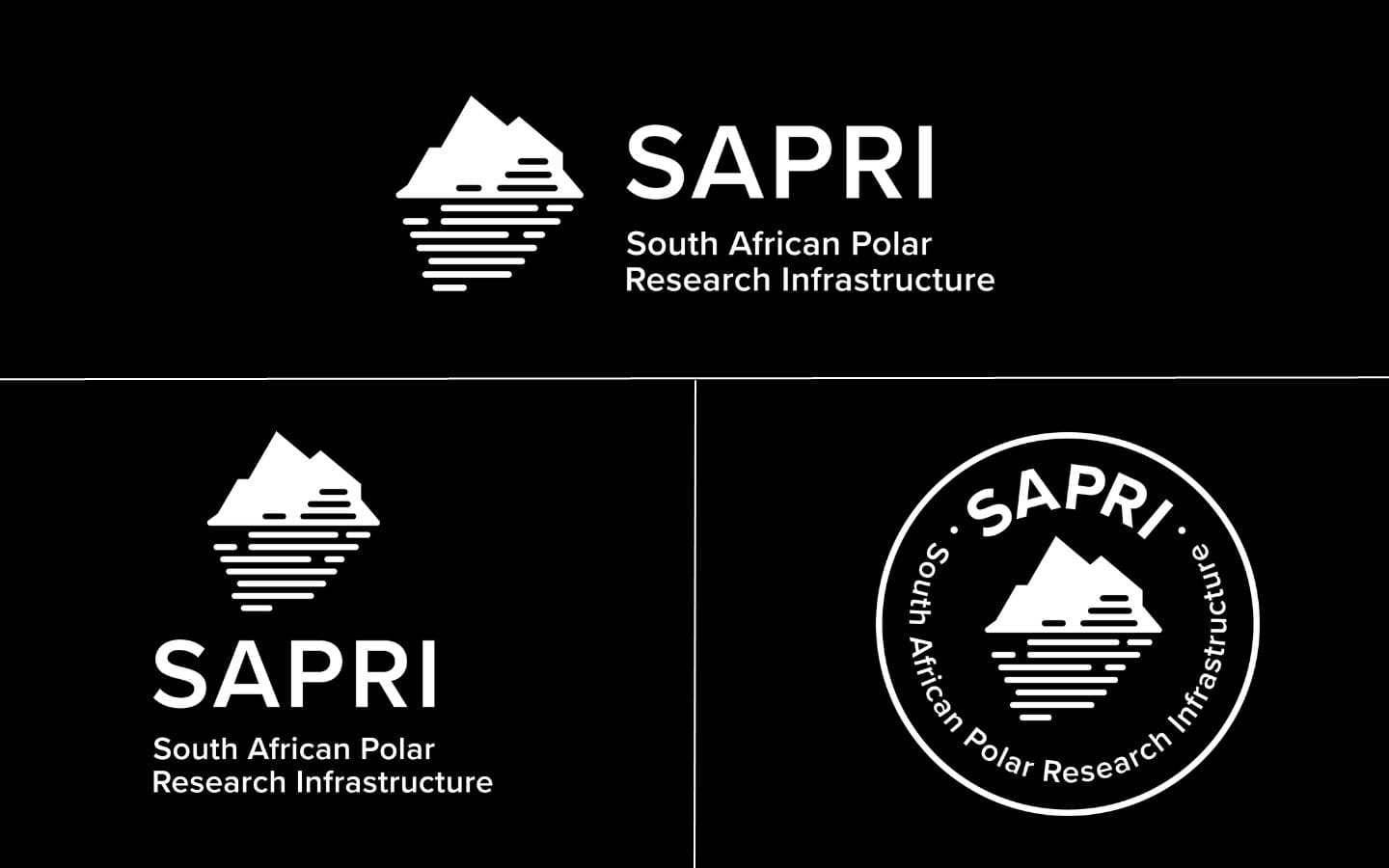
by Ria Olivier | Sep 13, 2023 | Announcement, Antarctica, Engineering, Gough Island, Marion Island, News, Prince Edward Islands, Research, SA Agulhas II, SA Polar Research Infrastructure, SANAP, SAPolarRI, SAPRI, Science, Southern Ocean, Stations
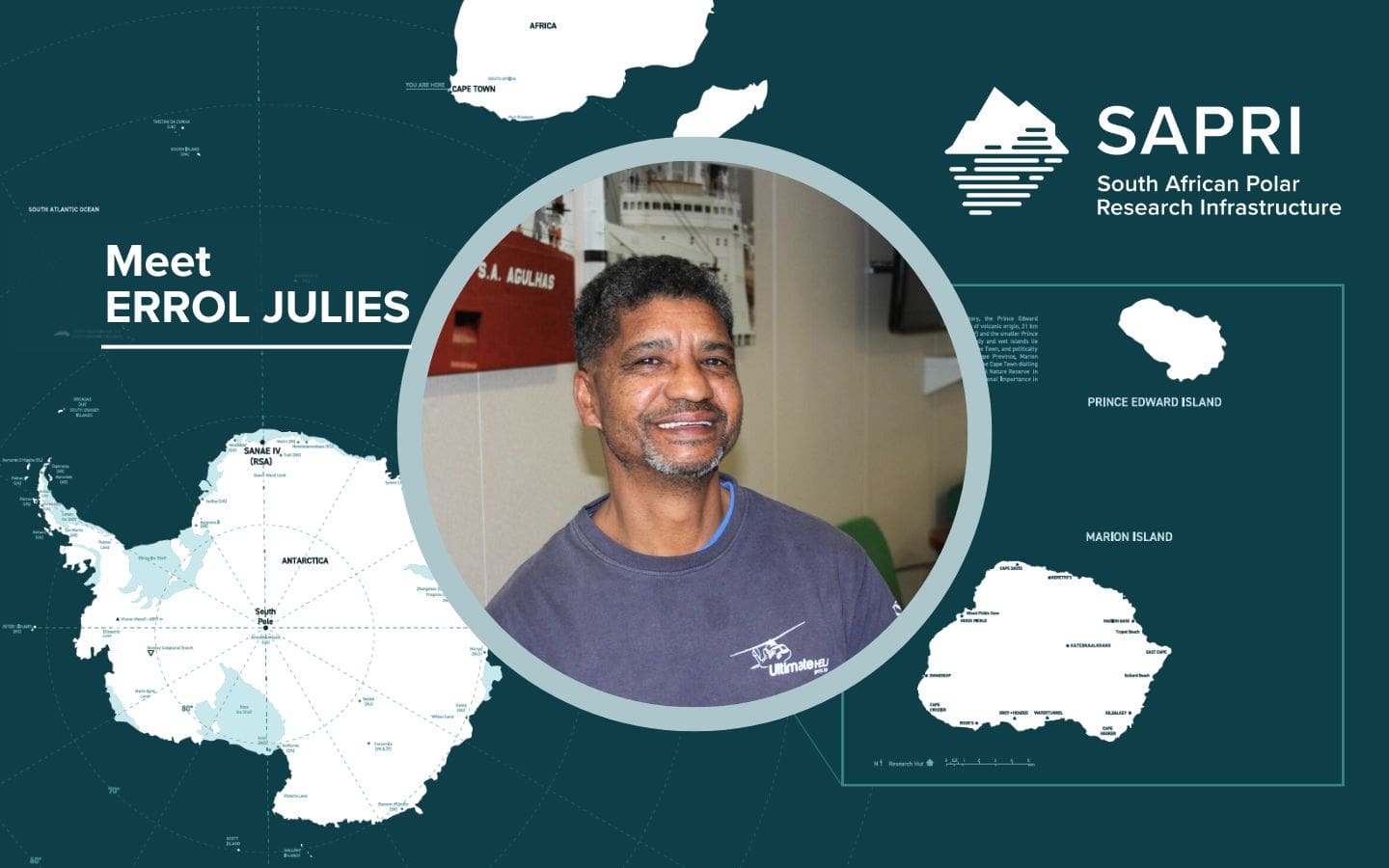
On the 1st of August, Errol Julies joined the South African Polar Research Infrastructure (SAPRI) as a Senior Electronics Technician, bringing with him a wealth of experience and a diverse skill set. His responsibilities at SAPRI encompass the maintenance of offshore marine infrastructure, asset management and supply chain management processes, providing technical support to researchers and students, ensuring compliance with the Occupational Health and Safety Act, and upgrading communication systems at the South African National Antarctic Programme (SANAP) research stations (bases), particularly the High Frequency (HF) systems at Marion Island between the base and field huts. Errol’s previous background and experiences make him an ideal fit for his role at SAPRI, where he continues to make significant contributions.
Meet Errol Julies: A Remarkable Journey of dedication and expertise
Errol Julies, hailing from the small town of De Doorns and having attended secondary school in Worcester, has embarked on an extraordinary path that has led him to become a highly accomplished professional in the scientific and research field.
Errol’s initial foray into the world of work began as an assistant train driver, but it was his introduction to the scientific realm at the Hermanus Magnetic Observatory (HMO), now known as the South African National Space Agency (SANSA), that truly ignited his passion. Starting as a general cleaner at HMO, Errol simultaneously pursued part-time studies and eventually obtained a BTech degree in Electrical Engineering.
For an impressive 17 years, Errol served as a Geomagnetic Observatory Technician at SANSA. In this role, he excelled in installing, maintaining, and monitoring geomagnetic and Magnetotelluric stations across Southern Africa. These stations adhered to the esteemed INTERMAGNET standards, a testament to Errol’s dedication in ensuring their construction and upkeep at the highest level. Additionally, Errol played a pivotal role in training aspiring geomagnetic observers from around the world during the biannual geomagnetic workshops hosted in different countries.
In 2015, Errol joined the Department of Forestry, Fisheries and the Environment (DFFE) as an Engineering Technician, specialising in telecommunications and instrumentation. His responsibilities encompassed managing the Very Small Aperture Terminal (VSAT) communications system from Cape Town to the SANAP bases, conducting calibration and testing of electronic equipment and instruments, and overseeing the maintenance and upgrade of electronic and HF equipment at all SANAP bases in accordance with specifications. Furthermore, Errol took on the role of Departmental Coordinating Officer (DCO), leading numerous voyages to the SANAP bases and successfully coordinating a voyage to Gough Island all by himself.
Driven by a thirst for knowledge and personal growth, Errol completed his BTech degree in Project Management in 2018, despite the challenges encountered during his voyage to Gough Island. In 2019 and 2020, he further demonstrated his resilience and expertise by overwintering on Gough Island as a Communication Engineer and team leader on the 65th Gough Island overwintering team. Currently, Errol is pursuing a Post Graduate Certificate in Education (PGCE), focusing on Mathematics and Mathematics Literacy for the Senior Phase and Technical Vocational Education and Training (TVET) colleges. This endeavor aims to support learners and students in his community through evening classes.
Errol Julies’ journey is a testament to his unwavering dedication, expertise, and commitment to excellence. His remarkable achievements and vast knowledge in the scientific and research field make him an invaluable asset to any organisation fortunate enough to have him on board.
Welcome to the SAPRI team, Errol!
Images supplied by Errol Julies.
Anche Louw, South African Polar Research Infrastructure, 13 September 2023

by Ria Olivier | Sep 9, 2023 | Announcement, Antarctica, Gough Island, News, Research, SA Agulhas II, SA Polar Research Infrastructure, SANAE IV, SANAP, SAPolarRI, SAPRI, Science, SEAmester, Southern Ocean, Stations, STEM
The South African Environmental Observation Network (SAEON) is a business unit of the National Research Foundation (NRF).
NRF SAEON celebrated its 21st anniversary on 7 September 2023. See the event programme below.
It is inspiring to see what SAEON has achieved over 21 years. “SAEON encompasses seven Research Nodes throughout South Africa and a National Office that is located in the country’s political capital of Pretoria” (Read more about the nodes here).
SAEON manages three research infrastructures developed by the Department of Science and Innovation (DSI) as part of the South African Research Infrastructure Roadmap (SARIR). The South African Polar Research Infrastructure (SAPRI) is one of the three research infrastructures, and was established in 2021 (see the SAPRI timeline here). The SAPRI hub is located in the SAEON Egagasini Node offices in Cape Town.

The SAEON Egagasini Node and SAPRI team at the NRF SAEON 21st Anniversary. Video: click on the image.
Anche Louw, South African Polar Research Infrastructure, 09 September 2023

by Ria Olivier | Jul 24, 2023 | Announcement, Antarctica, Newsletters>SANAE Newsletters, Overwintering Team, Research, SANAE, SANAE IV, SANAP, Science, Stations, Team member
 The 62nd South African National Antarctic Expedition (SANAE) team has published their second newsletter – May edition and is now available on the ALSA archive.
The 62nd South African National Antarctic Expedition (SANAE) team has published their second newsletter – May edition and is now available on the ALSA archive.
Get a glimpse into the life of overwintering team members at the SANAE IV research station.
A message from the Editor:
“You know there’s different ways to try and express the vast beauty of this world that can be articulated without a single phase. We don’t always consciously realise how magnificent nature can be. From witnessing auroras for the first time, or an optical phenomenon such as the light pillar effect and immensely strong winds with temperatures dropping below -45 °C, at wind chill”.
Read in the newsletter about:
- Chasing Auroras
- Weather data for May 2023
- Winter Solstice (Midwinter)
- Super Darn Radar
- Photo: see the weather circumstance during smelly duty (melting ice and snow for water)
Click here: SANAE 62 May Newsletter
View the S62 newsletters here!
This newsletter was written and compiled by the 62nd SANAE Overwintering Team. The team decided to name their newsletter ‘The Nunatak’, but for archival and consistency it will be archived as The Endurance (name of SANAE Newsletters).
Ria Olivier, Antarctic Legacy of South Africa & Anche Louw, South African Polar Research Infrastructure, 24 July 2023.

by Ria Olivier | Jul 18, 2023 | Announcement
 Message form the editor, Elsa van Ginkel:
Message form the editor, Elsa van Ginkel:
” February and March were tinted with a mixture of anticipation for the ship to arrive and that sad inevitable feeling that this might be the last time we set foot on this breath-taking island – a little sub-Antarctic gem we called home for the past 14 months. It was such an honour and a privilege to be able to contribute to such a large conservation initiative. We had to face many unforeseen challenges heads on, both as a team and as individuals. We made it through gale force winds and the unfortunate ice pellets of life that came our way during this year but we certainly found moments of utmost joy and these are the memories we will cherish for life. Our expedition has now come to an end and I wish all the M79 team members a safe journey back home and the best of luck for their future endeavours…”
In this final edition: a word from the team leader, Tshimangadzo Jufter Munyai.

An interview with the birders.
A day in the life of a medical orderly, Mndeni Aaron Hlatshwayo.

Beautiful memorable shots, and much more…
Click here: Last M79 newsletter
Click here for the complete M79 newsletter collection on the ALSA Archive
Goodbye Marion 79 – we wish you well in your future endeavors. May the experience you had on Marion Island forever have a positive impact on your life.

Team Photo in the middle:
Top row (left to right): Banele Dosi (MIMMP Sealer), Samuel Peta (O & C Birder – DFFE), Sanele Action Mkhize (Diesel Mechanic), Siphesihle Faltein (Assistant Meteorological Technician – SAWS), Lucy Smyth (MAPRU/NMU Birder), Michael Ross (MIMMP Sealer).
Middle row (left to right): Monica Leitner (MIMMP Killer whaler/Sealer), Mndeni ‘Amani’ Hlatshwayo (Medical Orderly), Thendo Sikhwari (Senior Meteorological Technician – SAWS), Andile Ace Mdluli (O & C Birder – DFFE), Gladys Kemei (Communications Engineer and Deputy Team Leader), Tankiso H. Moso (SANSA Electronics Engineer and Science Team Leader), Ntlangemhlophe Sanele Sukude Nombekela (Chef), Mishumo Masithembi (Environmental Control Officer).
Bottom row (left to right): Gcobani Tshangana (Assistant Environmental Control Officer), Austin Acro Gumba (UKZN Astrophysicist), Tanganedzani Tshitavhe (Assistant Meteorological Technician – SAWS), Tshimangadzo Jufter Munyai (Base Engineer and Team Leader), Elsa van Ginkel (MFM Ecologist).
Insert (left): Abuyiselwe Nguna (Geomorphologist); Insert (right): Vhuawelo Simba (MFM Ecologist).
Ria Olivier, Antarctic Legacy of South Africa & Anche Louw, South African Polar Research Infrastructure, 18 July 2023.

by Ria Olivier | Jul 17, 2023 | Announcement, Antarctica, Gough Island, Marion Island, Prince Edward Island, Prince Edward Islands, Research, SA Agulhas II, SA Polar Research Infrastructure, SANAP, SAPolarRI, SAPRI, Science, Southern Ocean, Stations, STEM, sub-Antarctic

In 2015, The Department of Science and Technology (DST) facilitated the first dedicated oceanographic winter expedition on the S.A. Agulhas II from 23 July – 14 August 2015. The success of this expedition and others that followed demonstrated the need expressed by the wider marine and Southern Ocean research community and has prompted the DSI to secure funds for additional dedicated research expeditions in 2024, 2025 and 2026. The number of dedicated research expeditions will depend on the need expressed and the funding available. The core objective is to develop a comprehensive marine and Antarctic research expedition plan for 2024-2026, underpinned by the Marine and Antarctic Research Strategy (MARS) and contributing to the United Nations Decade of Ocean Sciences for sustainable development. These dedicated research expeditions will not only encompass oceanography but will provide research opportunities for marine-related and South African National Antarctic Programme (SANAP) –related research.
MARS was developed to provide a platform from which to coordinate marine and Antarctic research. The assumption is that improved coordination of a currently fragmented science system will improve returns on investment. Structured planning and a guided strategic focus will maximize human capital development and bring South Africa to the international forefront of knowledge production in these research areas. From this will follow innovation, increased international influence, and ultimately, economic growth.
The NRF and the South African Polar Research Infrastructure (SAPRI) have been tasked with coordinating various activities that will feed into improved planning and coordinating of marine and Antarctic research activities. As such, the NRF together with SAPRI would like to maximise on the opportunities for dedicated expeditions based on research community needs to enable long-term planning for expeditions, including sourcing funding for such expeditions. Dedicated expeditions may be implemented in periods where the S.A. Agulhas II is available. The schedule for the annual relief voyages indicate periods when the S.A. Agulhas II is not available (relief voyages for Antarctica, Marion Island and Gough Island). The direction (expedition transects), duration (including number and types of stations) and research focus of each dedicated research expedition would then be decided on by the DSI, together with the NRF, based on such variables as proposed participation, research area alignment, MARS theme alignment, contribution to the Ocean Decade and overall return on investment (data collection and capacity development.). To this end, SAPRI can support the costs of any in person meetings required to discuss collaborative research expeditions.
It should be noted that the attached annexure may change depending on the activities of the Department of Forestry, Fisheries, and the Environment (DFFE). For example, an emergency may require DFFE to deploy the S.A. Agulhas II to enable the Department of Public Works to do building maintenance and repairs at any of the three bases. As such, all potential dedicated expeditions will need to be approved by the DFFE before final planning can begin.
Please complete the template and return to tj.klarenbeek@risa.nrf.ac.za no later than 15 August 2023. The completed templates will give an indication of research community demand. More detailed research plans will be requested hereafter.
Expression of interest – dedicated S.A. Agulhas II voyages
Text: Expression of interest, Participation in dedicated research expeditions 2024, 2025, 2026. Tracy Klarenbeek, Director: Knowledge Advancement and Support (KAS), National Research Foundation (NRF), Research Innovation Support and Advancement (RISA).

by Ria Olivier | Jul 12, 2023 | Announcement, Antarctica, Gough Island, Marion Island, News, Research, SA Agulhas II, SA Polar Research Infrastructure, SAPolarRI, SAPRI, Science, Southern Ocean, Stations, sub-Antarctic

The South African Polar Research Infrastructure (SAPRI) is getting a corporate identity (CI).
The South African Polar Research Infrastructure (SAPRI) is one of 13 large Research Infrastructures (RIs) developed by the Department of Science and Innovation (DSI) as part of the South African Research Infrastructure Roadmap (SARIR).
The SAPRI was established in 2021 to ensure coordination of South African marine and Antarctic research as a national Big Science programme, providing seamless access to existing and new research infrastructure required to develop and enhance long-term observations of South Africa’s polar region.
The ultimate objective of SAPRI is to enable balanced research growth across the polar disciplines, and to maintain and further expand the world-class long-term observational datasets already established.
The SAPRI is designed as a consortium hosted at the South African Environmental Observation Network (SAEON), a long-term environmental observation and research facility of the National Research Foundation (NRF).
The SAPRI logo
The first step of the SAPRI CI was the design of a logo. The CI vendor has worked with a somewhat complicated brief, making sure that the CI is inclusive of marine and polar (land and sea), not focusing on one specific aspect within SAPRI.
The brief furthermore included:
- Transforming, strengthening and consolidating SA’s marine and polar sciences.
- Recognisable, professional and accessible.
- Pride in SA’s involvement in marine and polar research.
SAPRI logo rationale:
 The graphic element in this logo is a representation of SAPRI’s infrastructural support to research on both land and at sea.
The graphic element in this logo is a representation of SAPRI’s infrastructural support to research on both land and at sea.
While the top part is representative of land features of Antarctica and sub-Antarctic islands (e.g. ice, mountain), the bottom section represents water, or the ocean, as well as the shape of South Africa as seen on a map. In addition, the simplistic lines used to form the water is a rudimentary representation of data and the continuity of research.
To make for a versatile logo, transferable to different materials and backgrounds, various modifications can be used.
 The main logo will have the colours of the South African flag incorporated.
The main logo will have the colours of the South African flag incorporated.
Full colour versions (horizontal, vertical or in a circle):

Black versions (horizontal, vertical or in a circle):

White versions (horizontal, vertical or in a circle) – to be used on a full colour backgrounds:

Read more about SAPRI here.
Note that the SAPRI website is currently in the design and development phase.
Anche Louw, South African Polar Research Infrastructure (SAPRI DPS Node), 12 July 2023
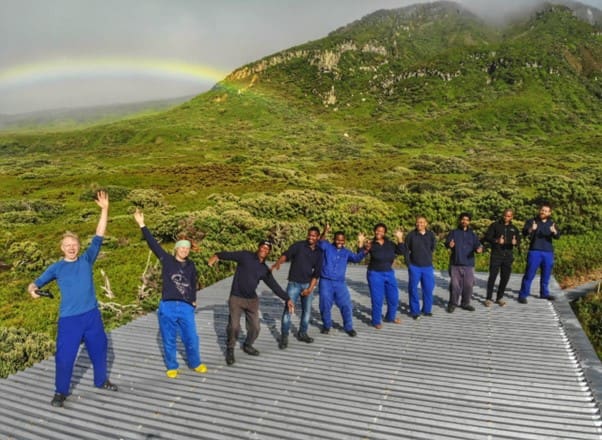


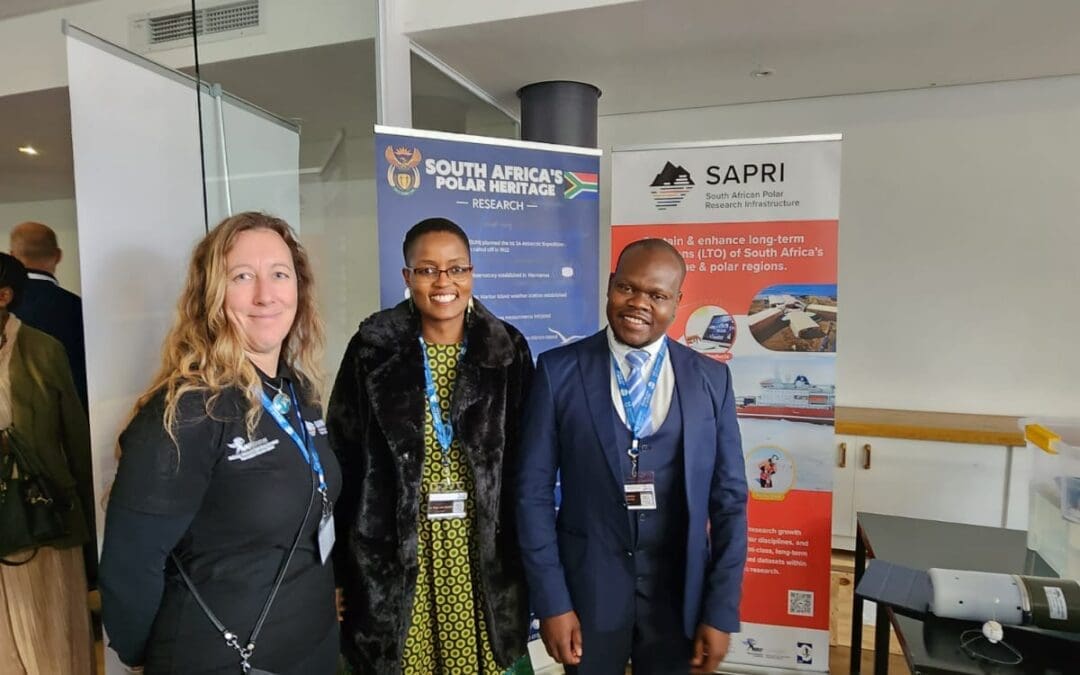
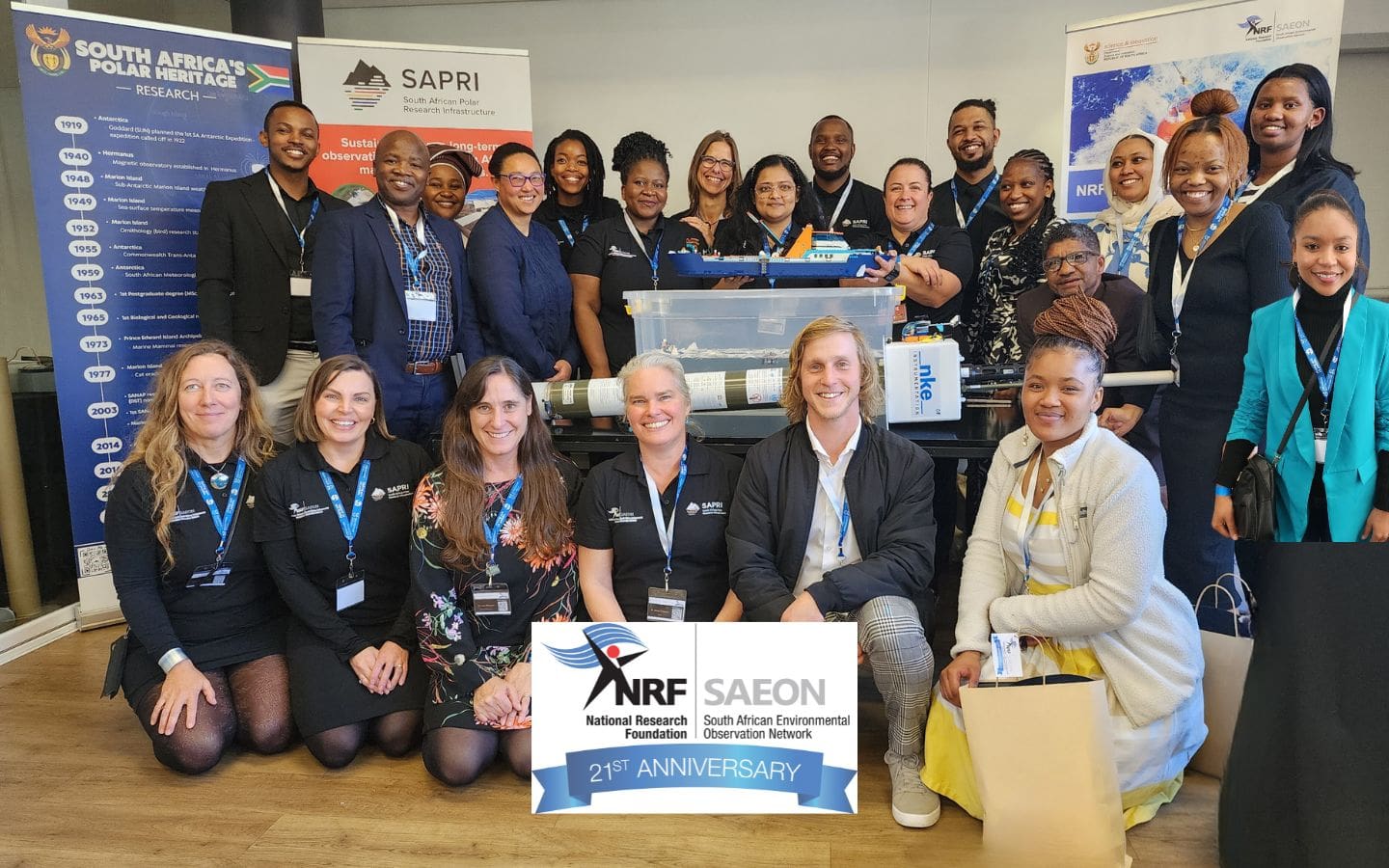
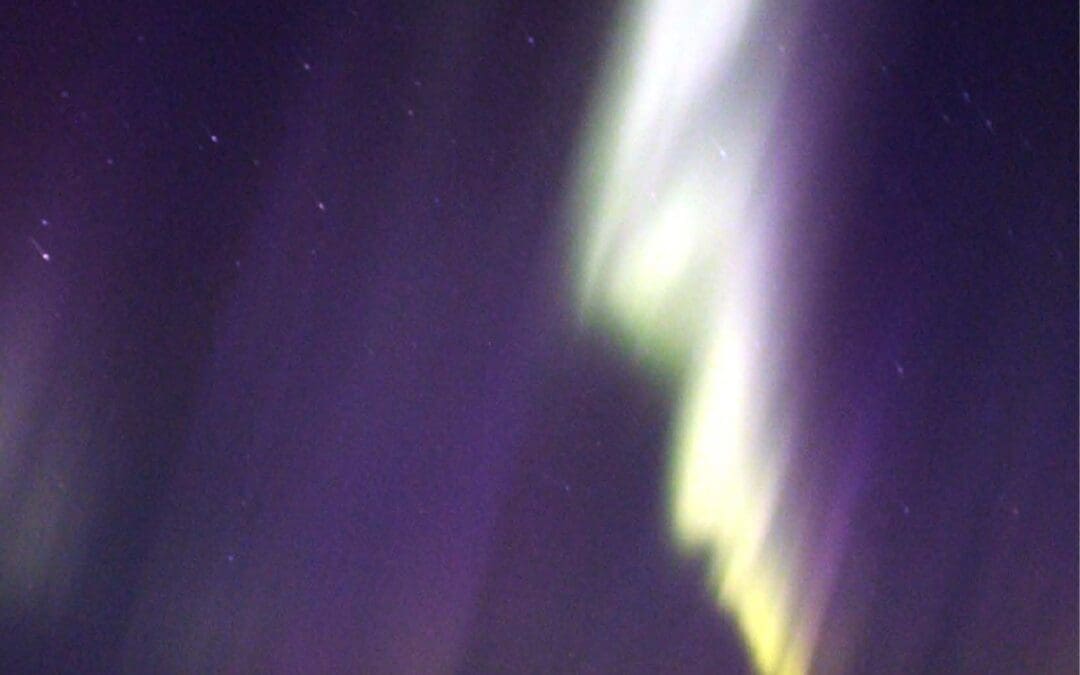


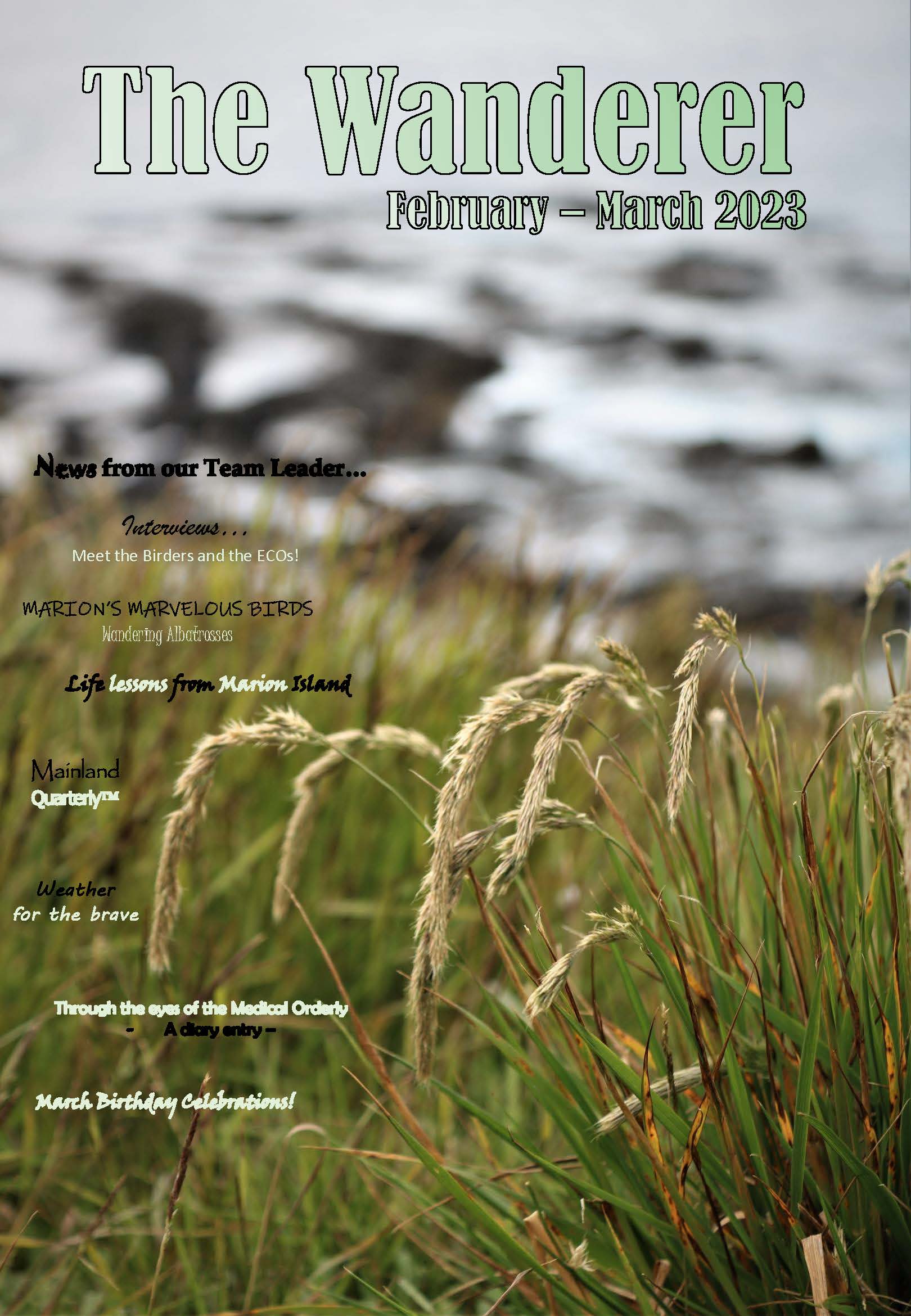 Message form the editor, Elsa van Ginkel:
Message form the editor, Elsa van Ginkel:
